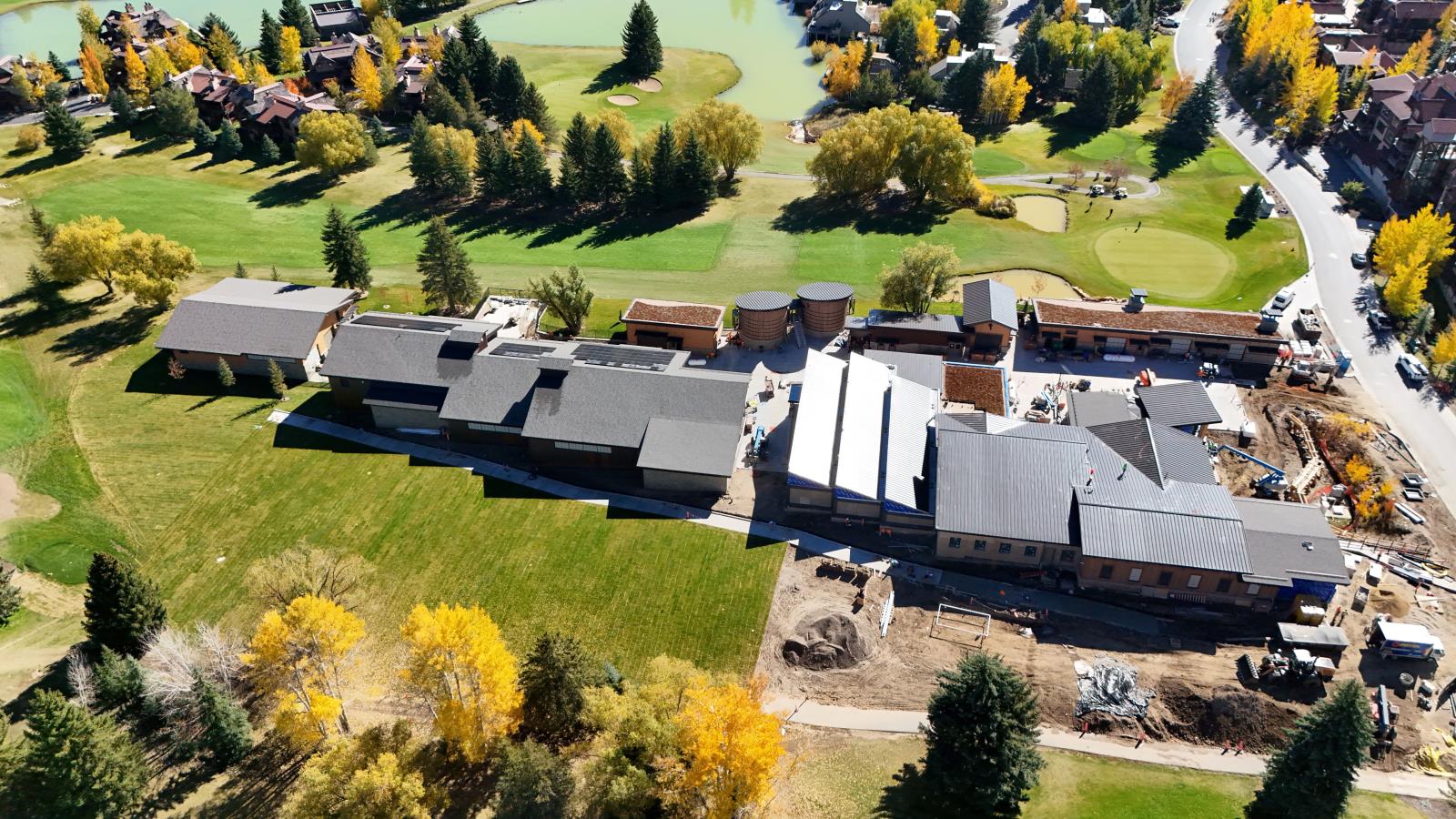Park City, UT
Home MenuPopular Searches
3Kings Water Treatment Plant Project
3Kings Water Treatment Plant - Rendering
Project Photo - October 2023 
Construction Impact Notifications - February 2023
3KWTP On-site Construction Work continues.
3KWTP Related Three Kings Drive Gutter Construction Work to begin in early spring 2023.
3KWTP Related Three Kings Drive Pipe/Pavement Repairs to begin in early spring 2023. Flagging or temporary traffic signals to be provided as needed.
Work is subject to change due to weather conditions, supply chain delays, and COVID-19 regulations.
Three Kings Drive - 3KWTP Construction Congestion Mitigation
As you are aware, the construction site is becoming very constrained, with still much to do as construction is being finalized through next spring, and our Construction Team is committed to remaining a good neighbor. Accordingly, we are implementing the following construction mitigation plan efforts:
- Contractor is notifying all suppliers, deliverers, etc., to the site that vehicles shall not stage (park and wait) on Three Kings Drive or Thaynes Canyon Drive when delivering or leaving the site. They will await notification remotely until the site is ready to take delivery. This action has been previously implemented for concrete truck deliveries and has worked well, resulting in no complaints after implementation.
- Contractor is examining the use of smaller delivery loads (smaller trucks). This may increase truck traffic but reduce congestion on Three Kings Drive.
- A few major deliveries remain and unfortunately, due to the logistics, congestion at the site entrance is anticipated. These include deliveries for items such as standing seam metal roofing, exterior wall materials, and golf course sod. These deliveries can be scheduled in advance, therefore, we can notice everyone prior to the delivery and congestion. The Contractor will also work with Building and Engineering to obtain any necessary partial road closure permits.
- On-site paving will continue through the spring and will require concrete trucks to enter the site and likely back out onto Three Kings Drive. Flagging will be provided, if necessary.
- The contractor will continue to remove the construction trailers this spring. Again, this can be scheduled in advance and we will notify everyone prior to any congestion.
- The upcoming removal/replacement of the gutter along the east side of Three Kings Drive will cause some congestion and can’t be avoided. The Contractor will try to avoid major deliveries when this work is occurring. The Contractor will work with Engineering to obtain work in the right of way permits.
- Paving of Three Kings Drive is scheduled for this upcoming spring/summer (2023), thus avoiding conflicts/congestion with the construction completion of the 3KWTP.
As outlined, unfortunately some congestion is expected. We feel, with the items identified above, that construction related impacts on Three Kings Drive can be limited to the area immediate to the 3KWTP site.
We are now in the final stretch and trust everyone will bear with us during this last push.
